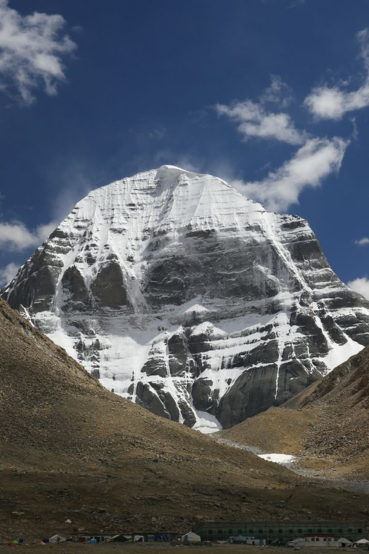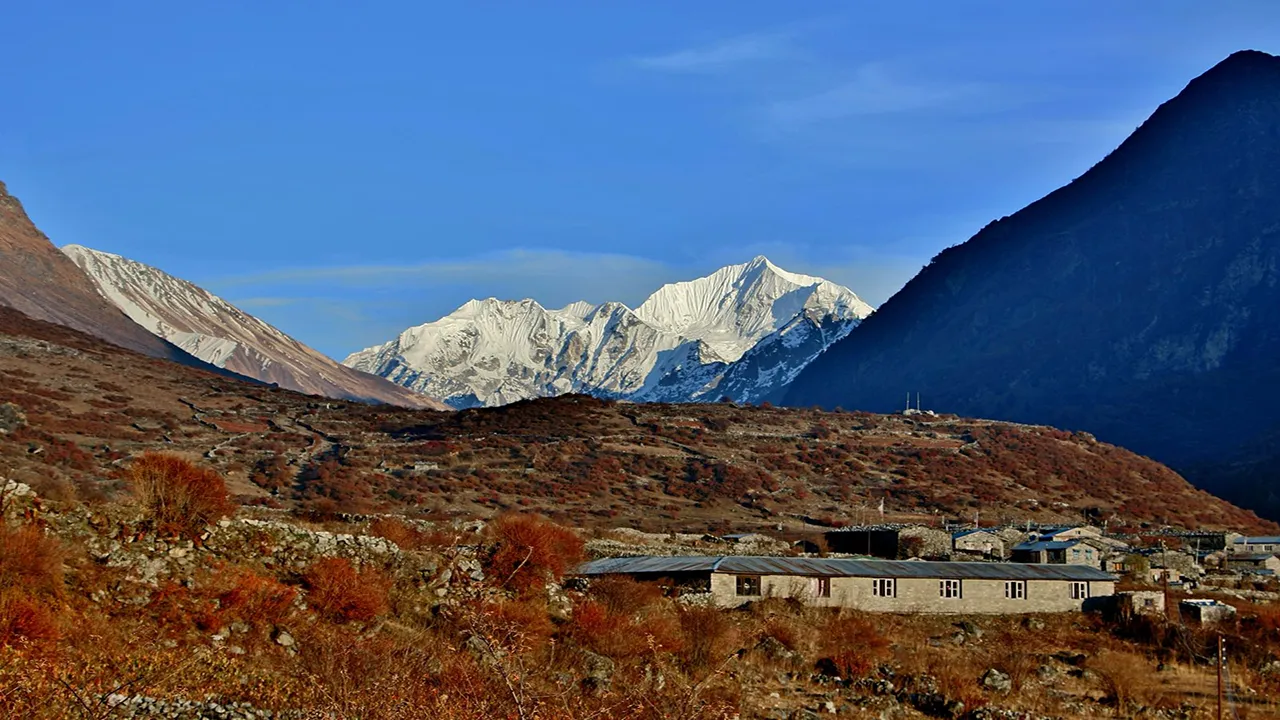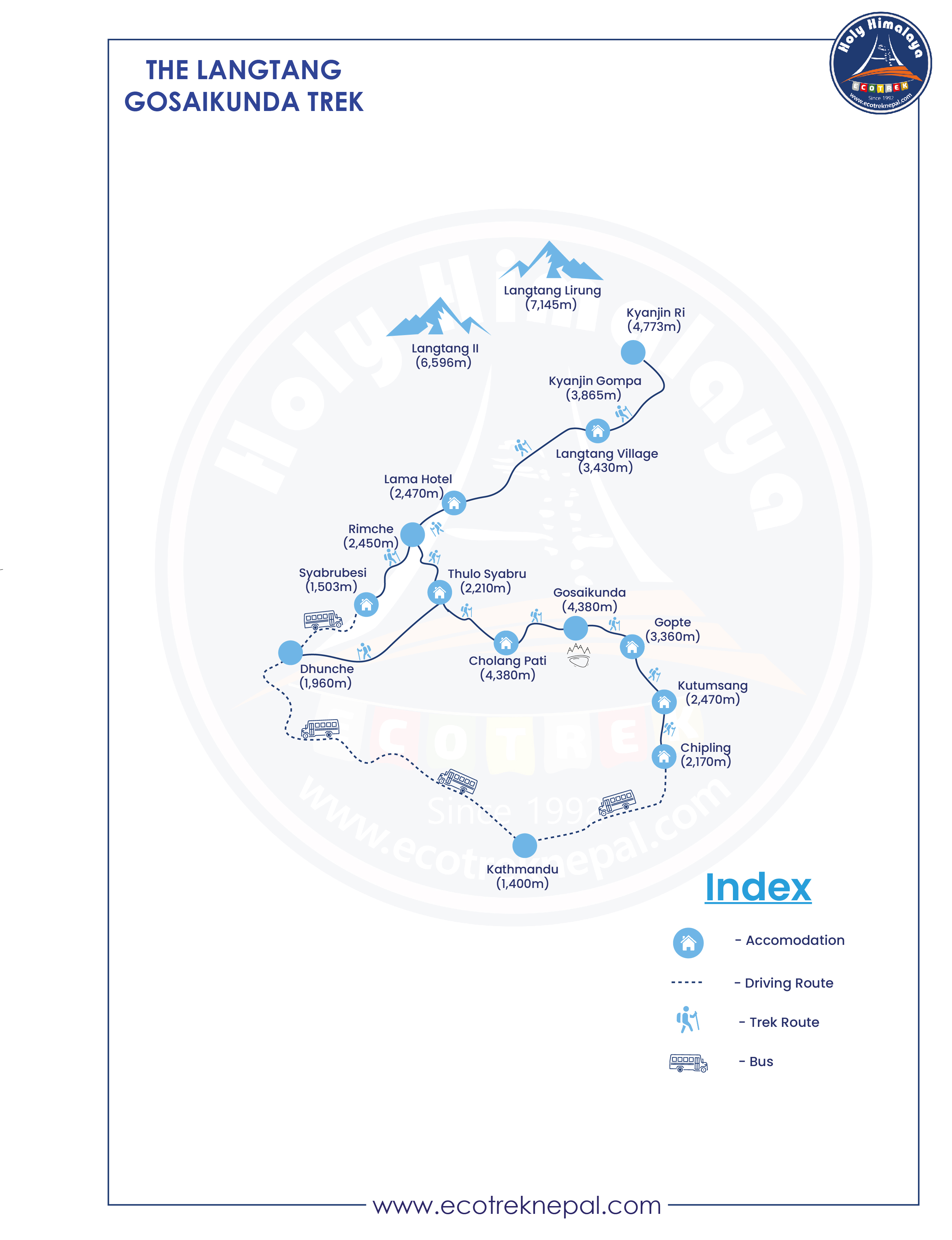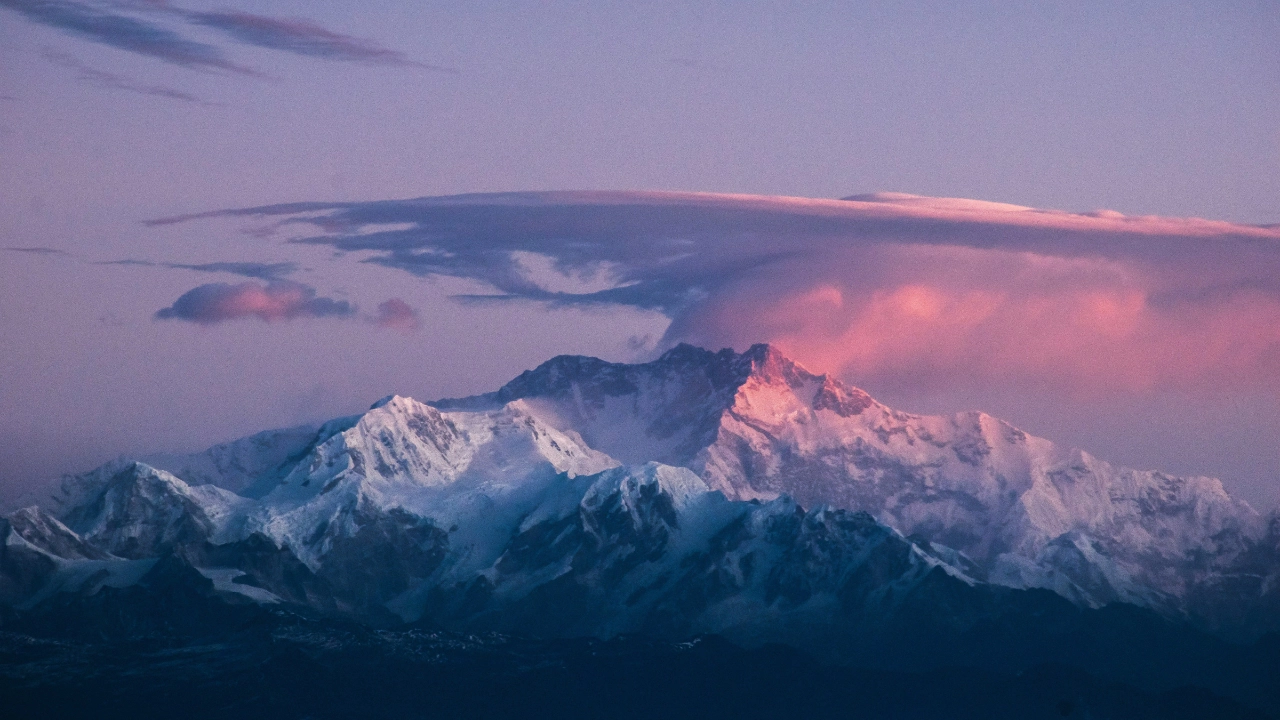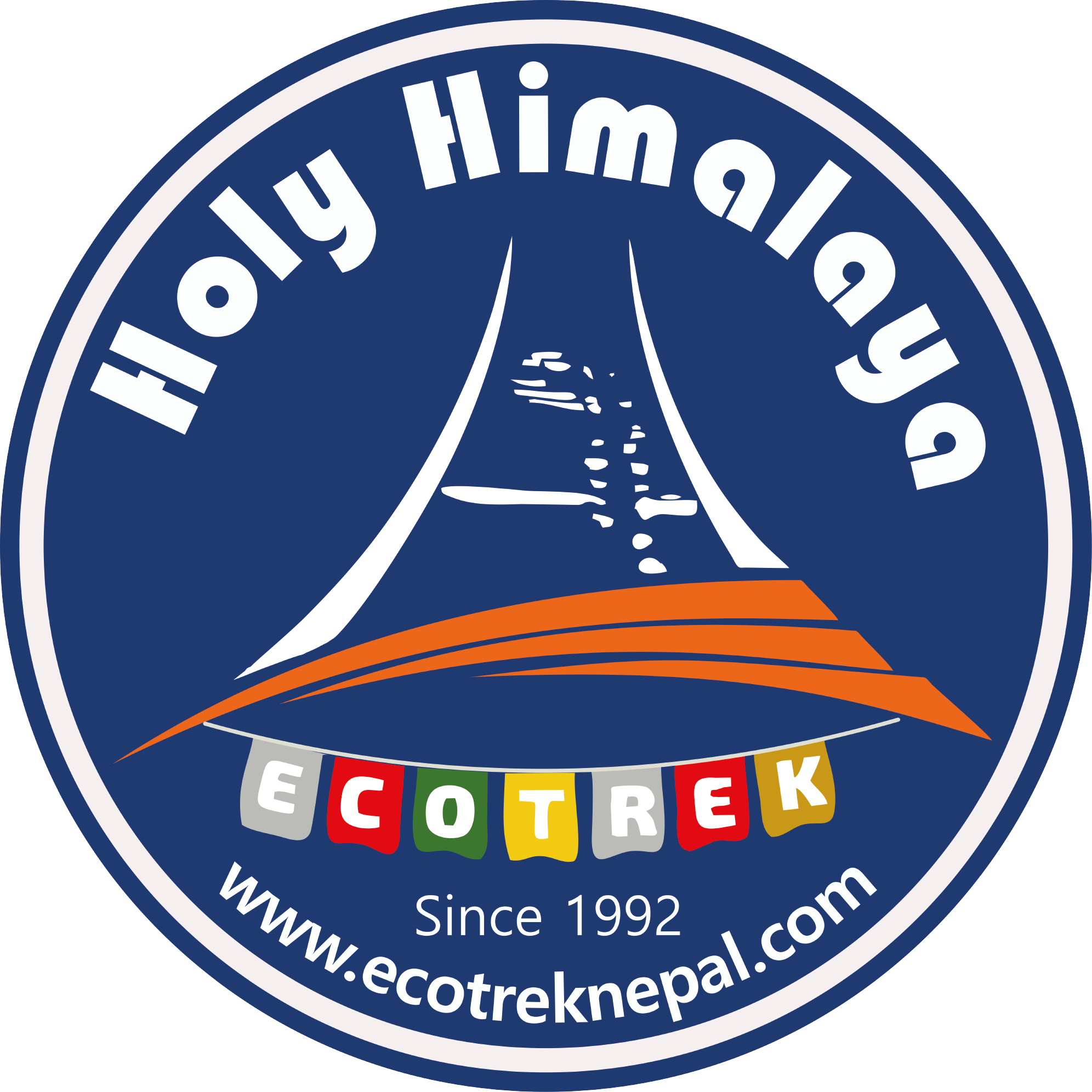
Langtang Gosaikunda Trek
Tour snapshot
14 Days
2 persons
Nepal
Langtang Region
Overview
Langtang-Gosaikunda is one of the best treks for people who want to explore Nepal and its natural beauty in a short period of time. Langtang region offers all forested lowlands, alpine pastures, yak herds of Kyanjin Gompa (3870 m), and Sherpa meadows of Helambu. And also the scared jewel, Gosaikunda (4380 m).
This trek takes you through the winding rhododendron forests on either side of the river until it breaks from the tree line and heads into the Himalayan valleys, across the glacial moraine. The stunning setting of Kyanjin Gompa in the middle of yak pastureland is a treat to the eyes.
The snow-covered peaks of Dorje Lakpa (6966 m), Kyunga Ri (6,601 m), Langshisha Ri (6,427 m), Changbu (6,781 m), Langtang Lirung (7,234 m), Gangchenpo (6,387 m), Yansa Tsenji (6,690 m), and many more will accompany you throughout the trek. You can also opt for an optional climb to Kyanjin Ri or Cherko Ri from this region and get better looks at these peaks.
The Langtang Gosaikunda trek offers insights into Buddhist religious practices, mystical monasteries, picturesque hillside terraces, peaceful valleys, and high Himalayan glaciers.
The Gosaikunda trail in the southeast direction offers a steady ascend through the terraced fields to scenic highlands, offering majestic views of Manaslu (8,163 m) and the Tibetan plateau to the north. Gosaikunda, the holy lake, is not just a pilgrimage destination but also a natural marvel. The reflection of the surroundings in the pristine waters of the lake is a very serene sight to witness.
As this trek is partially going to be done inside Langtang National Park, you may have opportunities to catch a sight of different flora and fauna while walking through the forests. This region houses endangered species of animals like the red panda and snow leopard, as well as other animals like musk deer, Himalayan tahr, gloral, danphe, and many more.
Anyone who can walk a couple of hours without any trouble can opt for this trek and enjoy the gifts nature has bestowed on the alpine regions of Nepal. Short yet scenic, the Langtang Gosaikunda Trek is an ideal trek for nature enthusiasts to soak up the positivity in the atmosphere.
Highlights
- Trek through Rhododendron Forest, snow-capped peaks, and serene valleys.
- Enjoy the vistas of a tranquil monastery amidst yak pasture.
- Witness panoramic views of Dorje Lakpa, Langtang Lirung, Gangchenpo, and many other peaks.
- Experience spirituality in the pristine waters of Gosaikunda, reflecting Himalayan beauty.
- Encounter Buddhist monasteries, Sherpa villages, and hillside terraces.
- Explore the flora and fauna of Langtang National Park.
Itinerary




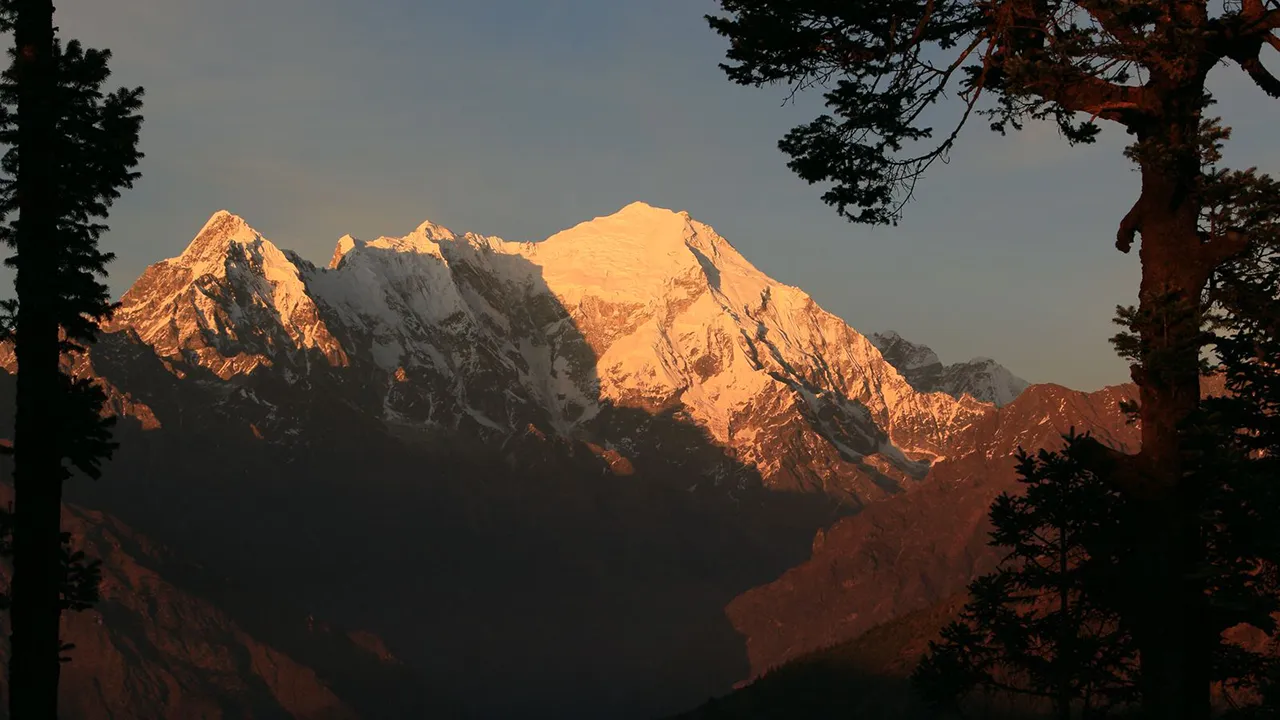










Included/Excluded
Service Fee Only, Explore Nepal Fully!
Select Dates
{{type.name}}
{{type.display_price}} per person
Guests
Extra prices:
- {{total_price_html}}
- {{pay_now_price_html}}
FAQs about Langtang Gosaikunda Trek

The best time to make a trek to Langtang Gosainkunda is during the spring and autumn seasons. During these two seasons, the weather conditions are suitable for trekking: clear skies with good mountain views. Winter can be quite challenging because of cold temperatures and snowfall, while the summer monsoon brings slippery and muddy trails that make trekking difficult.

For the Langtang Gosaikunda trek, you'll need two permits, which are the TIMS Card and the Langtang National Park Entry Permit. The TIMS Card, costing 2000 Nepali rupees, needs to be obtained through the agencies that organize treks, while the park permit can be obtained from the Nepal Tourism Board or at the park entrance itself for 3000 Nepali rupees. Usually, the Nepal Trekking Experts have these included in their package rates, and your guide will manage the permit issue using your passport details. HOLY HIMALAYA ECO TREK WILL OBTAIN ALL THE NECESSARY PERMITS FOR YOU!

Accommodation on the Langtang Valley is by tea houses, meaning that you do not need to bring any tents. In comparison to the other main treks, there are similarly comfortable and characterful tea houses here; the difference lies in the surrounding atmosphere and cultural influence. Room conditions become more basic the higher up you go, so a typical room would have beds and often shared facilities regarding bathrooms, squat toilets, and no heating. To ensure warmth, clean, -20°C sleeping bags are provided. Hot showers, available at some tea houses, can be purchased for a nominal fee in local currency, typically less than a dollar.

The meals are provided on the Langtang Gosaikunda Trek at the places of your overnight stay. On the way, you shall take lunch breaks. Menus include local and Western foods, such as Dal Bhat, Mo Mo, pasta, and pancakes. Breakfast options vary from chapati to eggs and pancakes. The trek is vegetarian-friendly and vegan-friendly. Besides this, if one needs another diet, please mention that before heading. Extra snacks and drinks are purchased as desired.

The Langtang Valley has decent phone service and mobile reception. It is recommended to use Nepal Telecom for better coverage, and this can be purchased in Kathmandu. Most of the tea houses on the route offer WiFi for a small charge, although this can be variable depending on the weather conditions. This will be about $4 or less to access WiFi. Tea houses may also provide charging for a small amount for devices. Most tea houses will have electricity, while others at higher altitudes might use solar power. Bring a power bank to keep all of your electronics charged throughout your trek.

